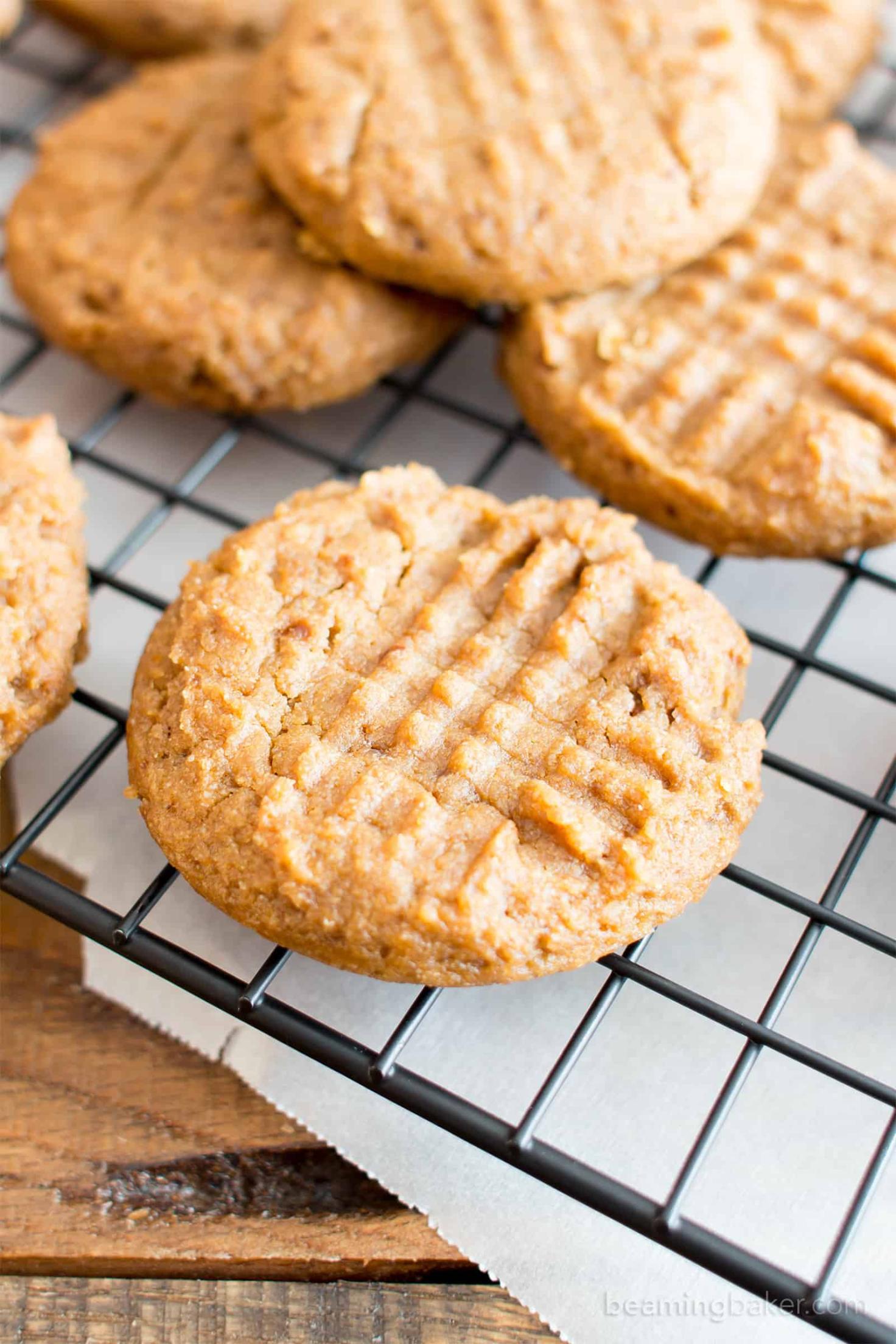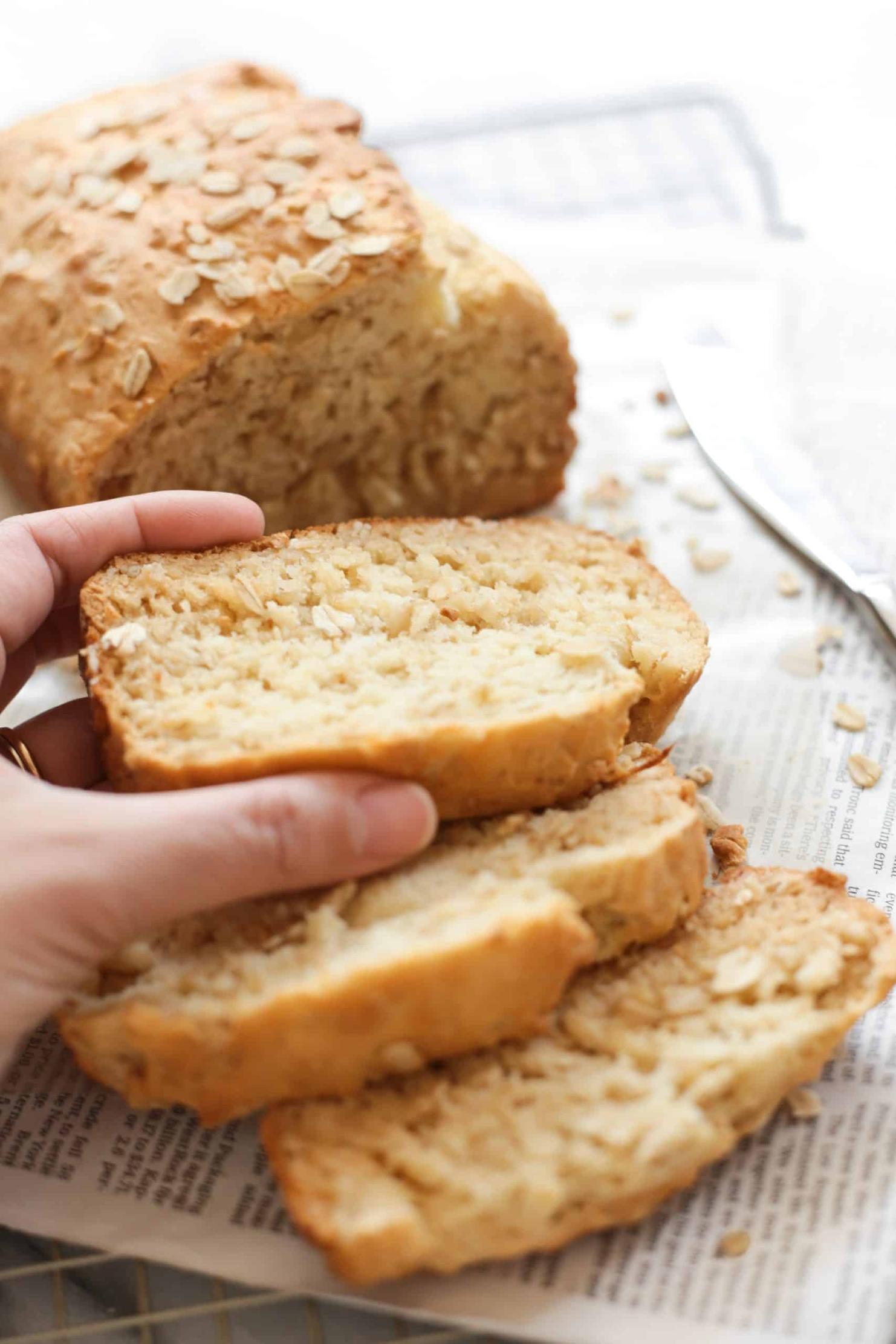Can I Bake Gluten-Free Bread at Home?
For individuals with celiac disease or gluten sensitivity, finding delicious and nutritious gluten-free bread can be a challenge. Commercial gluten-free bread options are often expensive and may not always meet individual taste preferences. Baking gluten-free bread at home offers a solution, allowing individuals to control the ingredients and create bread that suits their dietary needs and preferences.

Understanding Gluten And Its Role In Bread:
Gluten is a protein found in wheat, barley, and rye. It provides elasticity and structure to bread, giving it a chewy texture and allowing it to rise properly. When gluten is mixed with water, it forms a network of proteins that trap carbon dioxide gas produced by yeast during fermentation. This gas expansion creates the characteristic holes and airy texture of bread.
- Gluten-containing ingredients in bread: Wheat flour, barley flour, rye flour, malt, and brewer's yeast.
Challenges Of Baking Gluten-Free Bread At Home:
Baking gluten-free bread at home presents unique challenges due to the absence of gluten. Gluten-free flours, such as almond flour, coconut flour, and tapioca flour, do not contain gluten and lack the elastic properties of wheat flour. This can result in bread that is dry, crumbly, or dense.
- Balancing ingredients: Gluten-free flours have different properties and absorption rates, making it essential to carefully balance the ingredients to achieve the desired texture and flavor.
- Rising and kneading: Gluten-free dough is more delicate and requires careful handling. Over-kneading can result in a tough texture, while under-kneading can prevent proper rising.
Essential Ingredients And Equipment:
To bake gluten-free bread at home, you will need the following ingredients and equipment:
- Gluten-free flour blends: A combination of gluten-free flours, such as almond flour, coconut flour, and tapioca flour, provides a balanced texture and flavor.
- Other essential ingredients: Yeast, baking powder, salt, sugar, oil, and water.
- Specialized equipment: A stand mixer, bread maker, or hand mixer can make the mixing and kneading process easier.
Step-by-Step Guide To Baking Gluten-Free Bread:

Follow these steps to bake gluten-free bread at home:
- Preparation: Gather ingredients and equipment. Preheat the oven to the desired temperature.
- Mixing the dough: Combine dry ingredients in a bowl. In a separate bowl, mix wet ingredients. Gradually add the wet ingredients to the dry ingredients, mixing until just combined.
- Kneading the dough: Knead the dough gently on a lightly floured surface for a few minutes. Avoid over-kneading.
- Rising the dough: Place the dough in a greased bowl, cover it with plastic wrap, and let it rise in a warm place for about an hour, or until it has doubled in size.
- Shaping and baking the dough: Punch down the dough and divide it into two or three equal parts. Shape the dough into loaves and place them in a greased loaf pan.
- Baking: Bake the bread in the preheated oven for the recommended time, or until the crust is golden brown and the internal temperature reaches 200°F (93°C).
Troubleshooting Common Issues:
If you encounter problems while baking gluten-free bread, here are some common issues and their solutions:
- Dry and crumbly bread: The dough may have been over-kneaded or the oven temperature was too high. Try kneading the dough less and baking at a lower temperature.
- Dense and heavy bread: The dough may have been under-kneaded or the oven temperature was too low. Try kneading the dough more and baking at a higher temperature.
- Bread that doesn't rise properly: The yeast may have been inactive or the dough was not given enough time to rise. Check the expiration date of the yeast and ensure the dough is placed in a warm place to rise.
- Burnt or undercooked bread: The oven temperature may have been too high or too low. Adjust the oven temperature accordingly.
Tips And Tricks For Baking Successful Gluten-Free Bread:
- Use a combination of flours for better texture and flavor.
- Add ingredients like xanthan gum or psyllium husk for better binding.
- Experiment with different recipes and techniques to find what works best for you.
- Store gluten-free bread properly in an airtight container at room temperature or in the refrigerator.

Baking gluten-free bread at home is a rewarding experience that allows individuals with celiac disease or gluten sensitivity to enjoy delicious and nutritious bread. With the right ingredients, techniques, and a bit of practice, anyone can create delicious gluten-free bread that meets their dietary needs and preferences.
YesNo

Leave a Reply